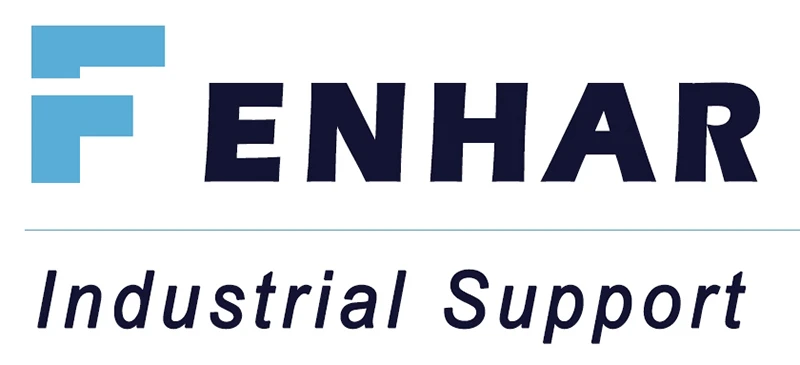Novotex and Pertinax are two widely used laminate materials known for their durability and versatility. While both are phenolic resin composites, they differ significantly in their composition, properties, and areas of application. In this article, we will explore these two materials in detail to help you understand their unique features and ideal uses.
What Is Novotex?
Novotex is a high-performance laminate made by impregnating fabric, such as cotton or canvas, with thermosetting phenolic resin. The material undergoes curing under high heat and pressure, resulting in a dense, durable composite with excellent mechanical and chemical resistance.
Key Features of Novotex
- Superior Mechanical Strength: It can withstand heavy loads, making it perfect for structural applications.
- Abrasion and Wear Resistance: Ideal for parts exposed to friction, such as bushings and bearings.
- Chemical Durability: Resistant to oils, lubricants, and industrial chemicals.
- Moderate Electrical Insulation: Some grades provide good insulating properties for dual-function applications.
- Lightweight Design: Offers a strong yet lighter alternative to metals.
Applications of Novotex
Novotex is commonly used in:
- Bearings and Bushings: High strength and wear resistance ensure longevity.
- Aerospace and Automotive Components: Its durability and lightweight nature are critical in these industries.
- Marine Applications: Excellent moisture resistance makes it suitable for water-based environments.

What Is Pertinax?
Pertinax, also called phenolic paper laminate or Bakelite sheet, is created by layering paper impregnated with phenolic resin and curing it under heat and pressure. Known for its electrical insulation properties, Pertinax is a go-to material in the electrical industry.
Key Features of Pertinax
- Excellent Electrical Insulation: Provides reliable insulation for a wide range of electrical devices.
- Cost-Effective: A budget-friendly option for large-scale use.
- Lightweight: Easier to handle and install compared to fabric-based laminates.
- Moderate Mechanical Strength: Sufficient for light-duty structural applications.
- Temperature Resistance: Performs well under moderate heat.
Applications of Pertinax
Pertinax is widely used in:
- Electrical Insulators: Switches, relays, and terminal boards.
- Circuit Boards: Serves as a substrate for low-voltage applications.
- Light-Duty Machinery: Structural components that don’t require heavy mechanical strength.

Comparing Novotex and Pertinax
| Feature | Novotex | Pertinax |
|---|---|---|
| Base Material | Cotton or canvas fabric | Paper |
| Primary Resin | Phenolic resin | Phenolic resin |
| Mechanical Strength | High | Moderate |
| Electrical Insulation | Moderate (some grades) | Excellent |
| Wear Resistance | High | Low to moderate |
| Density | Heavier | Lightweight |
| Applications | Bearings, gears, marine components | Electrical insulation, circuit boards |
| Cost | Higher | Lower |
Choosing the Right Material
- Novotex is ideal for heavy-duty mechanical applications where strength and wear resistance are essential. Industries like aerospace, automotive, and marine engineering benefit from its robust properties.
- Pertinax, on the other hand, excels in electrical insulation and lightweight applications, offering a cost-effective solution for electrical devices and low-stress components.
Conclusion
Both Novotex and Pertinax serve distinct purposes in industrial applications. While Novotex is the material of choice for mechanical durability, Pertinax shines in electrical insulation. Understanding their differences ensures you select the right material for your specific needs, maximizing performance and cost efficiency.
